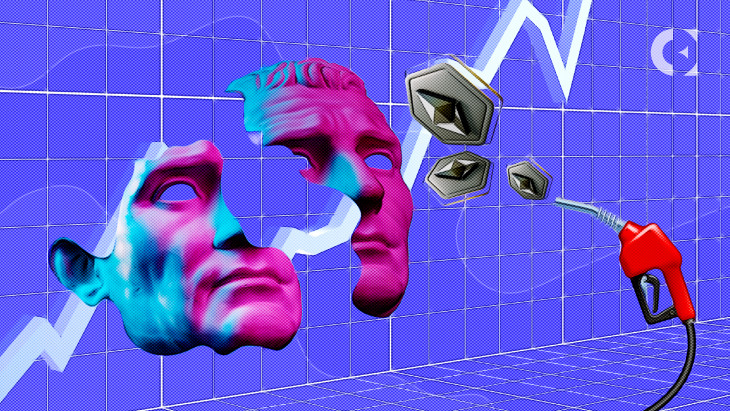In a notable shift in Ethereum’s gas consumption patterns, Non-Fungible Tokens (NFTs) no longer reign as the top gas guzzlers on the network. Data from the crypto analytics platform Nansen revealed that last week, NFT marketplaces accounted for just over 3% of all gas consumption. In stark contrast, the decentralized exchange Uniswap used more than ten times that amount, clocking in at 31.99%. Highlighting the development, Nansen tweeted:
Gone were the days of NFTs topping the Ethereum gas-consuming charts. This week, of the top 20 gas consumers, OpenSea and Blur accounted for less than 10% combined.
— Nansen 🧭 (@nansen_ai) May 19, 2023
And against all gas consumers, the NFT marketplaces were just over 3%. Uniswap in contrast was 10x more – 31.99%. pic.twitter.com/4NUF6Yb3eX
This shift occurred despite an ongoing surge in Ethereum gas prices. Such price increases are not new to the Ethereum network but have become uncommon since Ethereum’s transition from a proof-of-work (PoW) protocol to a proof-of-stake (PoS) system, a move known as The Merge, completed in September 2022.
Despite initial hopes that this transition would reduce gas fees, recent events seem to tell a different story. One trader was reported to have paid as much as 64 ETH, worth approximately $118,600, in fees for a single transaction.
The Ethereum network’s congestion and high gas prices are attributed, in part, to intense activity caused by a surge in meme coin trading, such as PEPE tokens and Floki Inu. This led to an overflow of transactions and, subsequently, skyrocketing gas prices.
Ethereum’s community has responded to these challenges, and various Layer 2 (L2) scaling solutions have been proposed to reduce gas prices. Layer 2 solutions, such as state channels, plasma chains, and rollups, aim to offload some computational workloads from the main Ethereum blockchain, thereby reducing the need for gas and its cost.
The high gas prices have also prompted investors to switch to alternative networks, such as Cardano. The introduction of the Hydra upgrade, a layer 2 protocol on the Cardano blockchain, has made the network more attractive to investors by addressing the scalability problem.
 coinedition.com
coinedition.com
